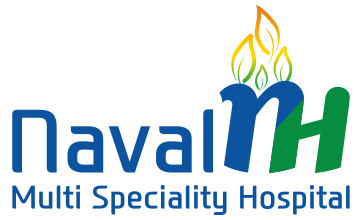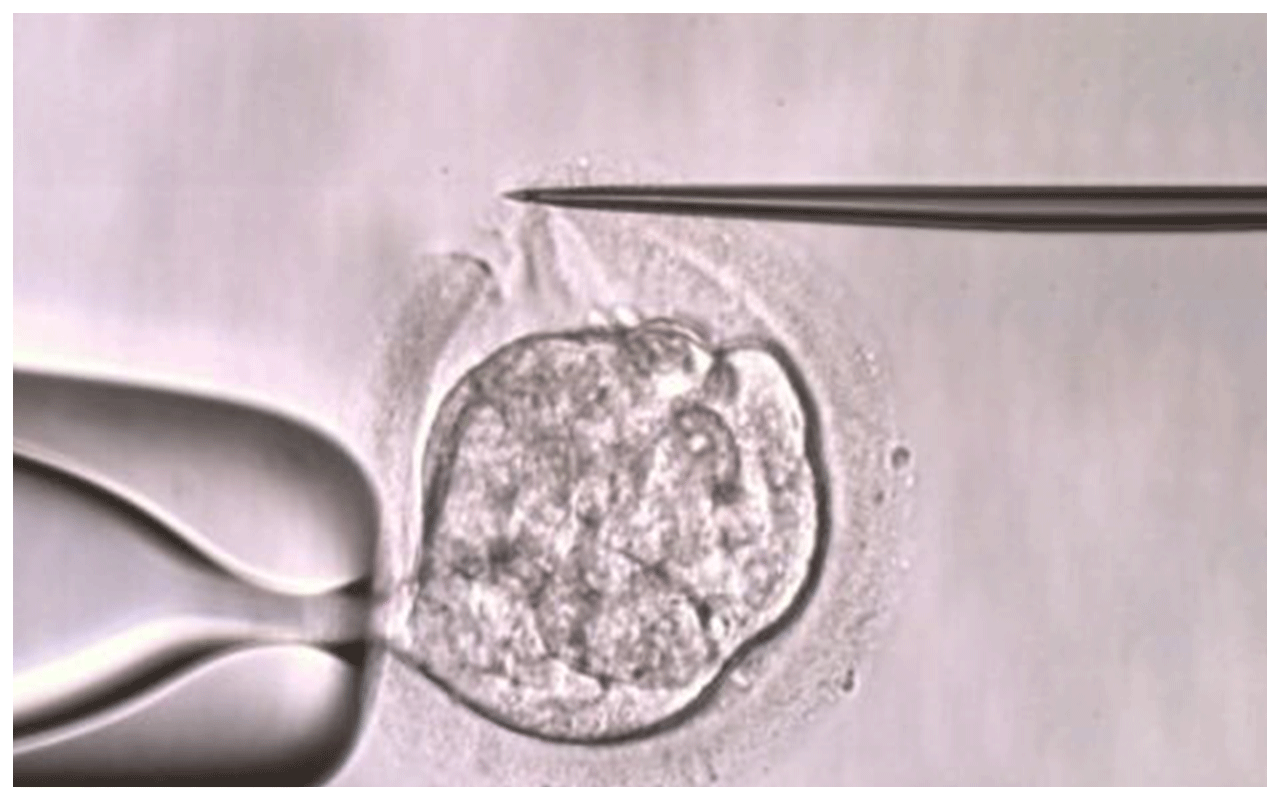We usually perform this process on women whose maternal age is above 38 years, who have a history of failed IVF cycles and have poor embryo quality. Since the success of this critical procedure depends on expertise of the doctor and the technique practised, we follow strict guidelines of performing the process and take into account every detail of the patient.
Once an egg is fertilized in the laboratory, the cells start to divide and the embryo is enveloped in a proteinaceous layer called zona pellucida. For successful implantation in the uterus, the embryo has to hatch out of the zona pellucida and attach to the uterine wall. In patients where implantation during IVF fails, this layer is thick and by process of assisted hatching, it is thinned out using micromanipulation to make a small hole in the layer and improve chances of the embryo to implant in the uterus. There are several ways of performing this process. It can either be done by mechanical hatching, mechanical expansion of shell, chemical hatching, drilling or laser assisted hatching. Among these, the most effective and safest one so far has been the laser assisted hatching.

